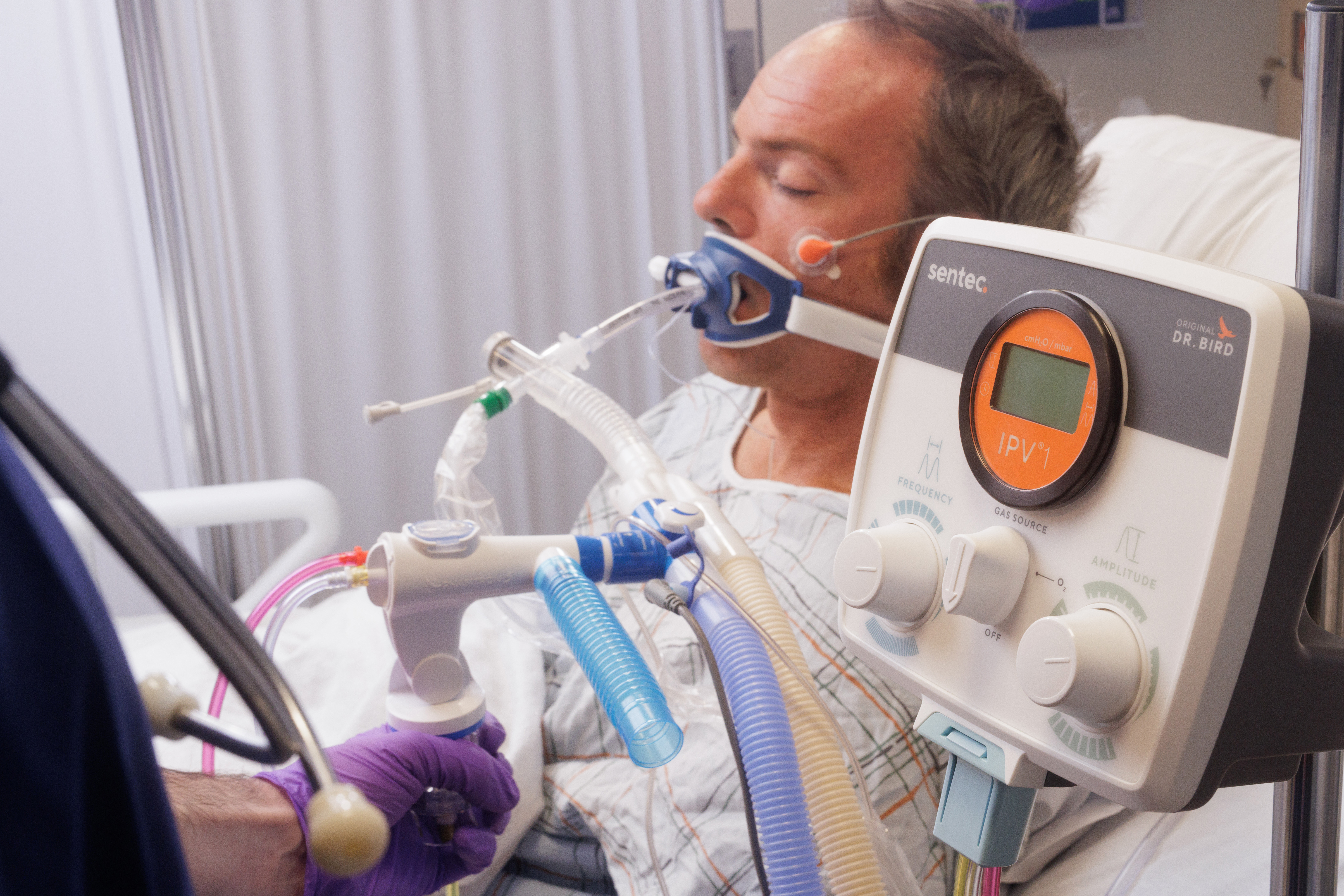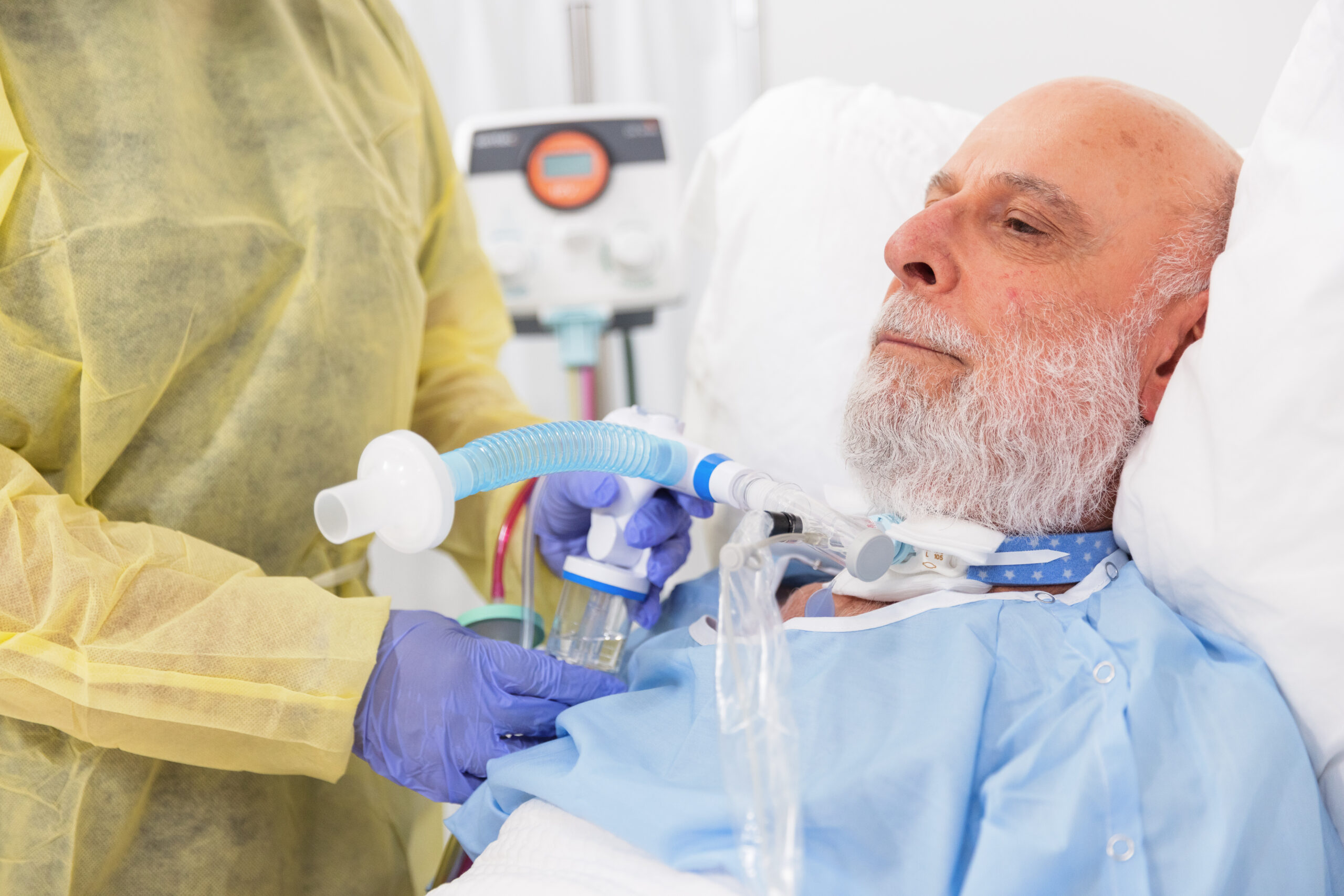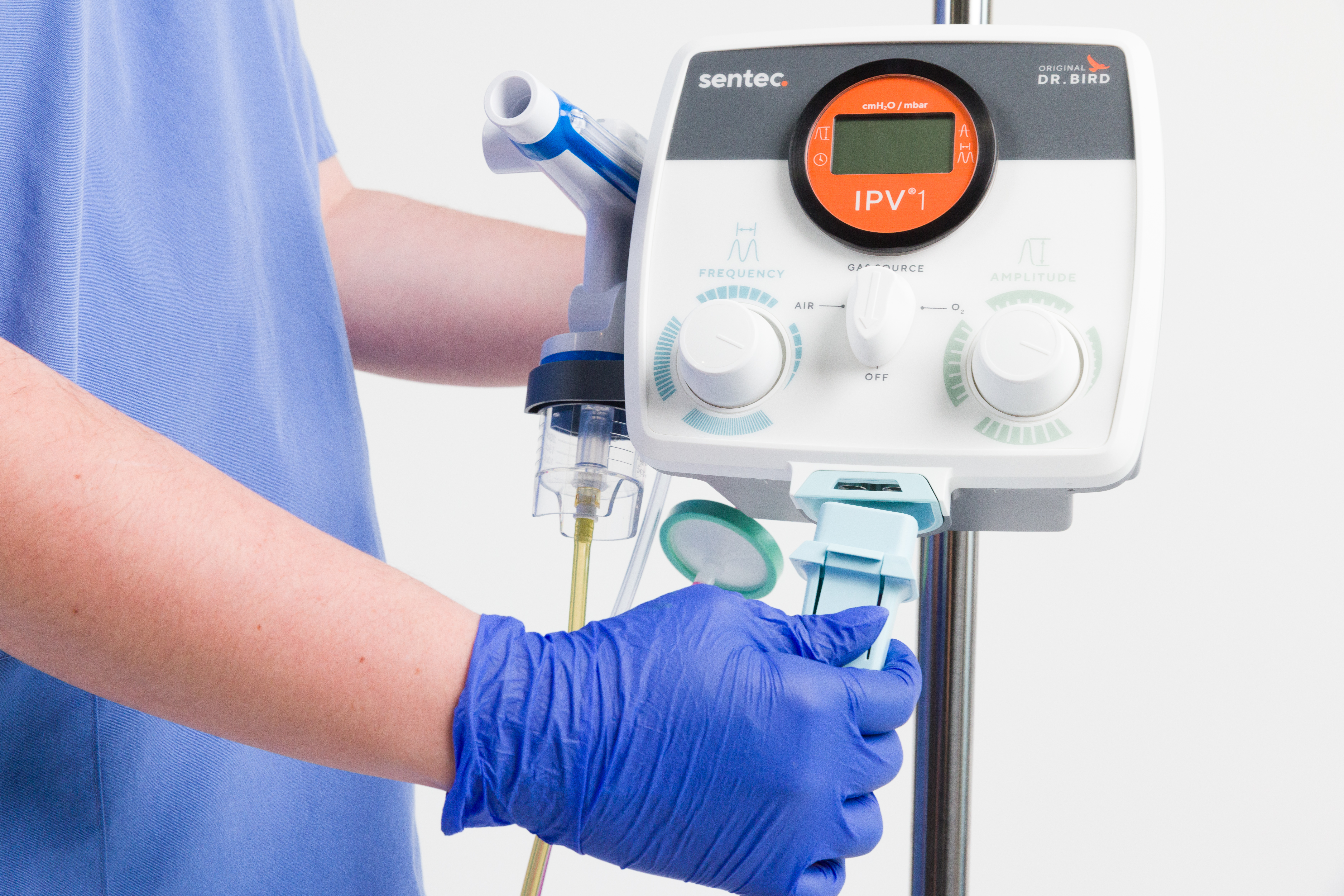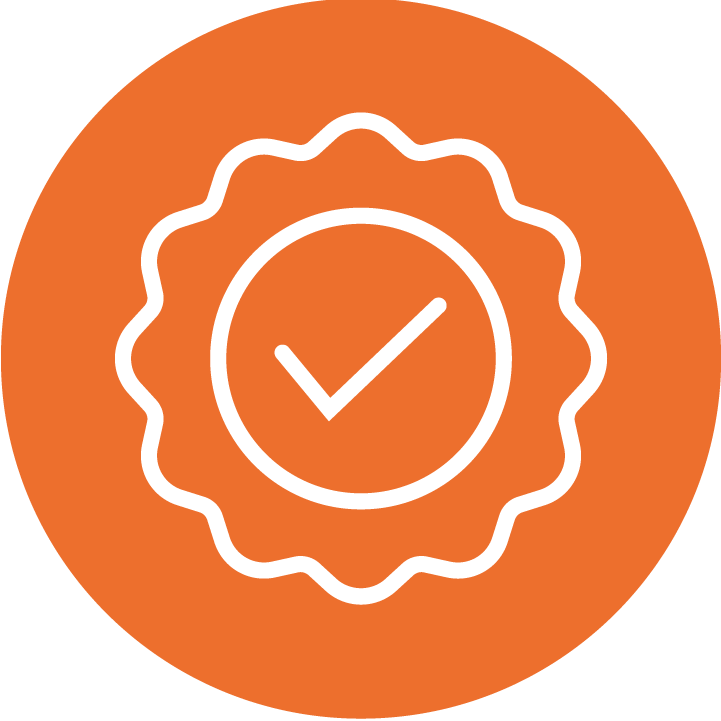At just 12 years old, Ariella — affectionately called “Ella” by her family — has big dreams for her future. When asked where she sees herself at 25, she imagines being in college, maybe even pursuing the stage in Los Angeles. Her dreams are ambitious, but the journey that has shaped her hasn’t been without its challenges.
Ella lives with nemaline myopathy, a rare genetic disorder affecting approximately 1 in 50,000 births. This condition weakens the skeletal muscles responsible for movement, making everyday tasks like walking, speaking, swallowing, and even breathing uniquely challenging. On top of that, Ella also has an immunoglobulin deficiency, which weakens her immune system and leaves her especially vulnerable to infections that others might easily recover from. Together, these diagnoses bring numerous hurdles — with her respiratory health being particularly complex to manage.
Ella’s IPV® Story
For Ella, who lives with nemaline myopathy, at-home IPV therapy has made all the difference for her and her family. What was once a routine of frequent hospital visits has transformed into a lifestyle filled with travel, pursuing passions, and more time with family — all while managing her respiratory care at home.
A Cycle of Respiratory Challenges
Respiratory muscle weakness, a hallmark of nemaline myopathy, can lead to significant complications, including an ineffective cough, difficulty clearing secretions, and impaired ventilation — all issues Ella has experienced firsthand. In the first few years of her life, Ella’s family found themselves repeatedly in the pediatric intensive care unit (PICU) as a result of her respiratory struggles.
“It felt like every quarter, we were doing three to four weeks in the PICU,” Ella’s dad recalls. “She would recover enough and we’d come home, and within two or three weeks she was sick again — it was sort of rinse, wash, repeat.”
When Ella was 3, a bout of respiratory syncytial virus (RSV) — a common but life-threatening illness for someone with her condition — led to a grueling hospital stay. During this time, Ella endured four failed extubation attempts as her weakened respiratory system struggled to support her.
Her mom reflects on the ordeal: “She withered away to nothing during that time. She was so sick… she was skin and bones, her hair was falling out. On top of RSV, she had developed double pneumonia.”
Despite the overwhelming challenges, Ella was eventually healthy enough to be discharged, weak but recovering, with the added support of a newly placed tracheostomy tube.
While Ella’s family was deeply grateful for her recovery, the challenges remained. In the years that followed, her respiratory health remained caught in an exhausting cycle: falling ill, enduring hospitalizations for treatment, recovering, and then anxiously preparing for the next sickness.

She would recover enough and we’d come home, and within two or three weeks she was sick again — it was sort of rinse, wash, repeat.
A Turning Point with IPV Therapy
By the time she was 4 years old, her family had become all too familiar with the PICU routine. It was during one of these stays that her pulmonologist suggested trying a new approach to managing her respiratory care: intrapulmonary percussive ventilation (IPV) therapy.
Up until this point, Ella’s family had relied on external percussion techniques, such as manual therapy or a vest device, to help clear her airways. While helpful to some extent, these methods often caused discomfort and weren’t consistently effective.
When Ella tried IPV therapy for the first time, the difference was clear. “She responded to it immediately,” Ella’s dad remembers. The therapy helped her clear more secretions, and her oxygen saturation levels improved noticeably.
At first, Ella only received IPV therapy during hospital stays. Even as her family made strides in managing her immune challenges, they continued to face frequent hospital visits for IPV treatments. It became clear to both her family and her pulmonologist that having consistent access to this therapy at home could significantly enhance her quality of life.
When Ella was 7 years old, after years of navigating hospital stays and advocating for her care, her care team made it possible for her to bring her own IPV therapy device home. This marked a pivotal moment in her journey, providing a new level of independence and control over her respiratory health.
Embracing Life, Easier
When Ella was finally able to bring IPV therapy home, it didn’t just change her respiratory care routine — it transformed her family’s everyday life. After years of enduring hospital stays for treatments, this new approach gave Ella the freedom to manage her health more comfortably and with less disruption.
For her parents, the difference has been evident. Ella spends far less time in the hospital and more time enjoying the same experiences as other kids her age. “That means she’s in school. That means she’s on field trips. That means she’s in summer camp. And I think that’s the real point of it all,” her mom says. “Three 20-minute IPV treatments a day … means that [Ella] lives all those other hours in between with vigour and with life and with ease.”
IPV therapy has become an essential part of Ella’s care toolkit, much like her feeding tube for nutrition, her breathing tube for easy airway access, and infusions to boost her immune system. It empowers her to manage illnesses as they arise while giving her family the flexibility to provide care in the comfort of their home. With this freedom, Ella and her family can embrace life’s possibilities with renewed confidence — from visiting Disney and the beach to exploring new destinations. For Ella, IPV therapy isn’t just about managing her health; it’s about living her life to the fullest.

Three 20-minute IPV treatments a day…means that [Ella] lives all those other hours in between with vigour and with life and with ease.

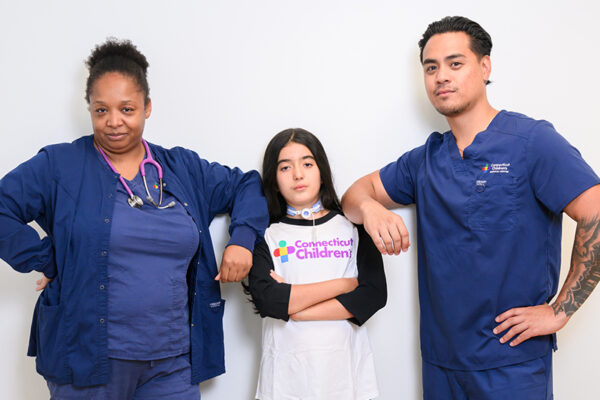
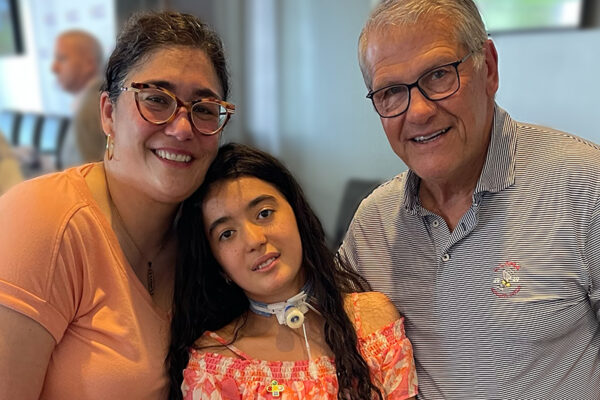
Airway Clearance at Home with IPV® Therapy
Effective respiratory treatment — without the hospital visit.
Sentec IPV® Therapy can help patients spend less time in the hospital,1 delivering effective lung recruitment and airway clearance in the comfort of home.
Ready for more?
Whether you’re a patient, caregiver, or healthcare provider, our dedicated home care team is here to help you learn more about Sentec IPV® Therapy.
References:
- Reardon, C.C., et al. Arch Pediatr Adolesc Med. 2005.

